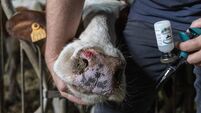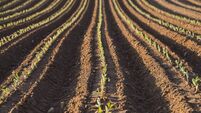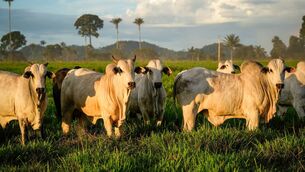If you see mould on feed, you should definitely not give it to animals
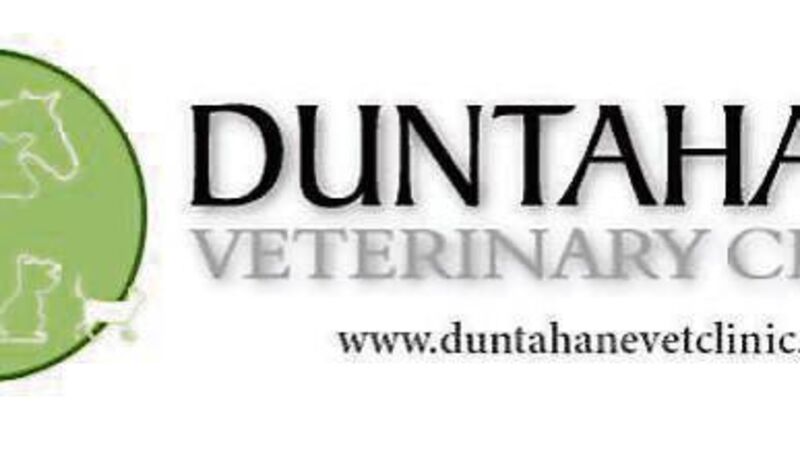
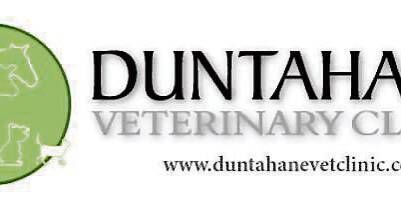
I was off for the weekend and decided to have a lie-in before breakfast.
Where was there to go anyway?
Lockdown has changed the way we live our lives for the moment.
Having had my cereal, I decided to have some toast and marmalade with a cup of coffee.
I retrieved the jar of marmalade from the cupboard, only to find that there was something growing on the surface.
Ugh! Straight into the bin with that one!
Thinking about it, that is what everyone would do!
It is the natural reaction.
Yet, I thought, I am periodically coming across cases where mouldy feed has been fed to animals, resulting in their being in need of veterinary attention.
Remembering back to a conference that I attended in 2013, I dug out the paper that had been delivered to us by Dr Geof Smith of the University of North Carolina.
Reading it again was very interesting, and refreshed a number of things in my mind.
Moulds, like the one growing on the top of my marmalade, produce toxins (poisons), as they grow, and it is these poisons that affect animals when they are eaten.
It is estimated that 25% of crops are affected with mycotoxins every year.
These toxins can be found on the growing crop, during harvest, storage, processing and feeding.
Changes in temperature and humidity affect the growth of moulds, as do poor storage practices, feedstuff quality, and feeding conditions.
It is often impossible to detect these moulds, but if the growth is obvious, like on top of my marmalade, then you should definitely not feed this to animals.
It is generally recognised that there are hundreds of different types of mould that can affect animals, but there are three main ones that are especially harmful.
It is unlikely that you will find just one type of mould growing on its own, and most cases of mould contamination involve a variety of species.
The symptoms experienced by animals can be both vague and varied.
We are told that the herd may suffer a loss of milk production. which is something that a lot of herds may experience from time to time. without undue concern.
Maybe it has something to do with the weather, grass cover, change of diet — or maybe it is because of mouldy feeding.
In one American experiment, scientists have shown reduced milk yields for up to 70 days after the consumption of certain mould toxins (mycotoxins).
In other experiments, they have found it impossible to just give animals the toxin on its own, to get results.
But when the toxin is naturally occurring in the feed, then the symptoms seem to be far greater.
Other signs may include reduced feed intake, unthriftiness, having a rough coat, or reduced conception rates.
Some scientists have shown through experiments that certain mycotoxins, being very similar chemically to oestrogen, can affect the reproductive behaviour of animals, with repeat breeding, abortions, and even pregnant cows still showing heat.
Immunosuppression is also very much associated with mycotoxins, and because of this, it is often very easy to overlook the possibility of mouldy feed being the cause when we see an animal or herd that is suffering from some vague, chronic illness.
When animals unfortunately die, we may carry out a post-mortem examination at the knackery, but we are told that the post-mortem changes due to mycotoxins are often so miniscule that they are virtually undetectable in such a setting.
The problem with moulds is the lack of research done in this area.
While research is ongoing, and there will forever be researchers looking for areas to work in, preference will always be given to areas that are of most economic and public health importance.

